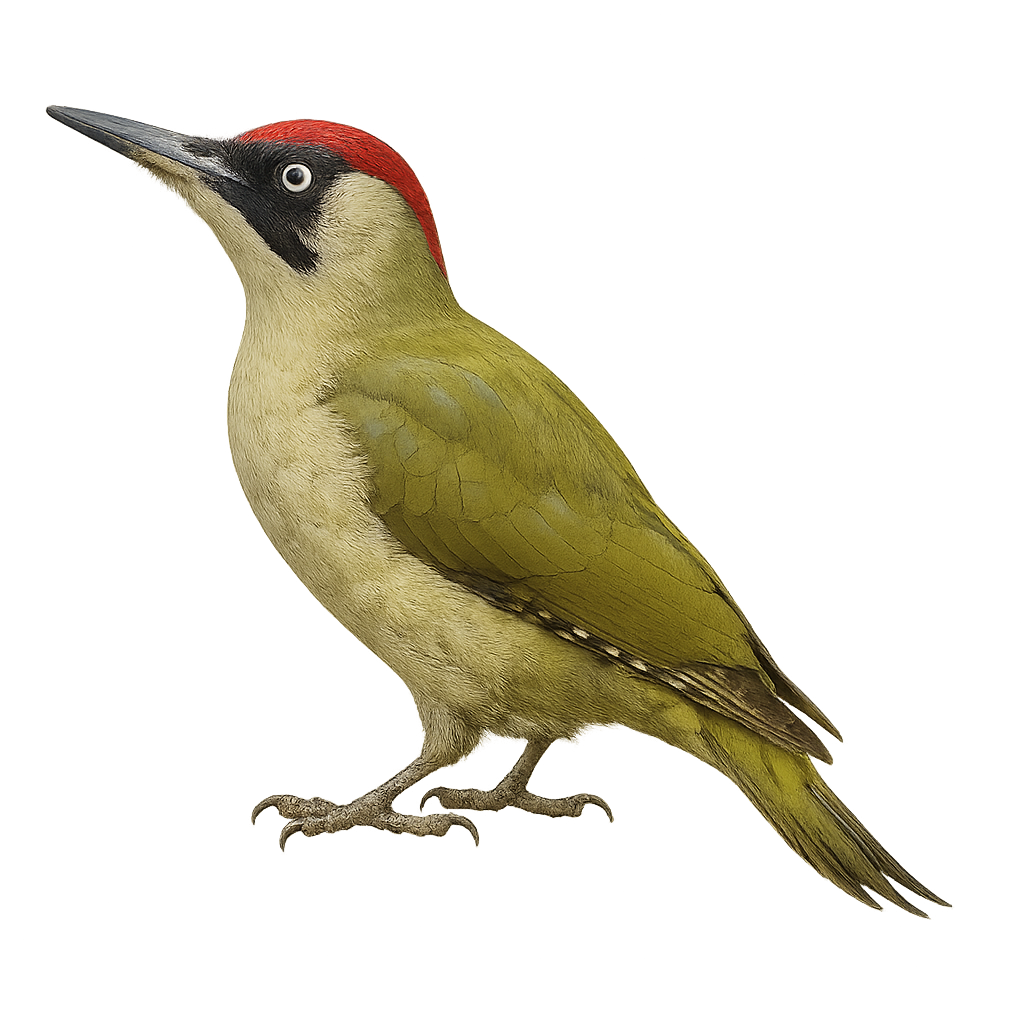Your wildlife photography guide.
Explore the green woodpecker in detail, study its behavior, prepare your shots.
Where to observe and photograph the green woodpecker in the wild
Learn where and when to spot the green woodpecker in the wild, how to identify the species based on distinctive features, and what natural environments it inhabits. The WildlifePhotographer app offers tailored photography tips that reflect the green woodpecker’s behavior, helping you capture better wildlife images. Explore the full species profile for key information including description, habitat, active periods, and approach techniques.
Green woodpecker
Scientific name: Picus viridis

IUCN Status: Least Concern
Family: PICIDAE
Group: Birds
Sensitivity to human approach: Suspicious
Minimum approach distance: 20 m
Courtship display: February to April
Incubation: 14-17 jours
Hatchings: April to May
Habitat:
Forests and woodlands
Activity period :
Primarily active during the day, with peak activity in the morning and late afternoon.
Identification and description:
The Green Woodpecker is a large bird from the woodpecker family, primarily found in deciduous forests and parks in Europe. It measures about 30 to 35 cm in length, with a wingspan of 45 to 50 cm, and weighs between 200 and 250 g. Its plumage is primarily green, with yellow underparts and a red head in males, while females have a less prominent red patch. The Green Woodpecker is distinguished by its piercing call, which it uses to mark its territory. It primarily feeds on ants and their larvae, which it finds in soft soils and under tree bark, using its beak to pierce the ground and trunks. This bird is an excellent climber and spends much of its time on the ground searching for food. While its population remains relatively stable, the Green Woodpecker can be threatened by habitat loss due to intensive farming and deforestation.
Recommended lens:
400 mm – adjust based on distance, desired framing (portrait or habitat), and approach conditions.
Photography tips:
Approach slowly and quietly, as the Green Woodpecker is a rather discreet bird that can easily be frightened by sudden noises or abrupt movements.
Photograph early in the morning or late in the day, when the light is soft and the woodpecker is more active, particularly during foraging.
Be ready to capture drilling moments: The Green Woodpecker often spends time searching for insects under the bark of trees, providing dynamic moments to photograph.
Respect its space: Do not disturb the bird while it is feeding, and make sure to keep a sufficient distance to avoid disrupting its natural behaviors.
The Green Woodpecker is a protected species in many areas due to habitat loss and forest degradation. It is essential to respect the bird's environment and not disturb its nesting or foraging sites. Be discreet and follow local rules to preserve this species.
The WildlifePhotographer App is coming soon!
Be the first to explore the best nature spots, track rutting seasons, log your observations, and observe more wildlife.
Already 1 430 wildlife lovers subscribed worldwide

